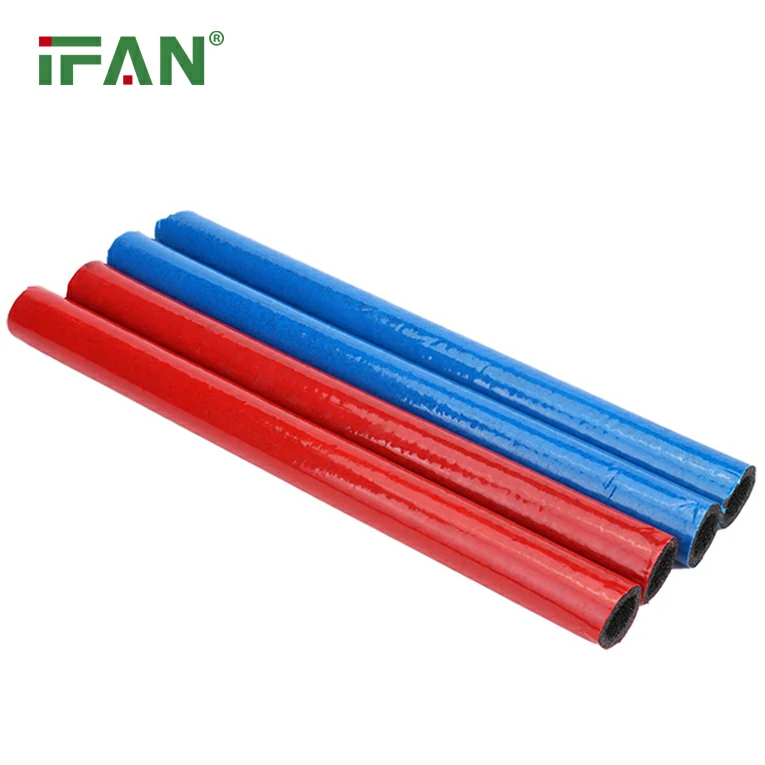There are generally three types of PPR (polypropylene random copolymer) pipes available on the market, which are:
PPR-C (PPR Type 3): PPR-C pipes are made using a higher percentage of the copolymer propylene than other types of PPR pipes. They are known for their high temperature resistance, good impact strength, and durability. PPR-C pipes are suitable for both hot and cold water applications, and they are widely used in residential and commercial buildings.
PPR-FR (PPR Type 2): PPR-FR pipes are made using flame retardant materials, which makes them suitable for applications where fire safety is a concern. They are commonly used in hospitals, schools, and other public buildings.
PPR-CT (PPR Type 4): PPR-CT pipes are made using a special crystallization technology that gives them a higher degree of flexibility and improved impact resistance. They are commonly used in applications where there is a risk of damage from freezing temperatures or ground movement.
It’s important to note that different manufacturers may use different names or classifications for their PPR pipes, but these three types are the most common. It’s always a good idea to consult with a professional plumber or supplier to determine which type of PPR pipe would be best for your specific needs.






